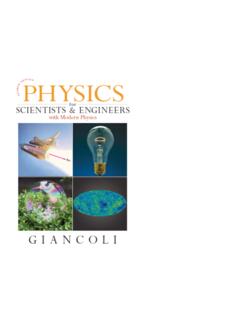Transcription of Physics for Scientists and Engineers, with Modern Physics ...
1 Copyright 2009 Pearson Education, Inc. 2009 Pearson Education, Inc. This work is protected by United States copyright laws and is provided solely for the use of instructors in teaching their courses and assessing student learning. Dissemination or sale of any part of this work (including on the World Wide Web) will destroy the integrity of the work and is not permitted. The work and materials from it should never be made available to students except by instructors using the accompanying text in their classes. All recipients of this work are expected to abide by these restrictions and to honor the intended pedagogical purposes and the needs of other instructors who rely on these materials.
2 Lecture PowerPoints Chapter 2 Physics for Scientists and Engineers, with Modern Physics , 4th Edition Giancoli Copyright 2009 Pearson Education, Inc. Chapter 2 Describing Motion: Kinematics in One Dimension Copyright 2009 Pearson Education, Inc. Units of Chapter 2 Reference Frames and Displacement Average Velocity Instantaneous Velocity Acceleration Motion at Constant Acceleration Solving Problems Freely Falling Objects Copyright 2009 Pearson Education, Inc. Units of Chapter 2 Variable Acceleration; Integral Calculus Graphical Analysis and Numerical Integration Copyright 2009 Pearson Education, Inc.
3 2-1 Reference Frames and Displacement Any measurement of position, distance, or speed must be made with respect to a reference frame. For example, if you are sitting on a train and someone walks down the aisle, the person s speed with respect to the train is a few miles per hour, at most. The person s speed with respect to the ground is much higher. Copyright 2009 Pearson Education, Inc. 2-1 Reference Frames and Displacement We make a distinction between distance and displacement. Displacement (blue line) is how far the object is from its starting point, regardless of how it got there.
4 Distance traveled (dashed line) is measured along the actual path. Copyright 2009 Pearson Education, Inc. 2-1 Reference Frames and Displacement The displacement is written: Left: Displacement is positive. Right: Displacement is negative. Copyright 2009 Pearson Education, Inc. 2-2 Average Velocity Speed is how far an object travels in a given time interval: Velocity includes directional information: Copyright 2009 Pearson Education, Inc. 2-2 Average Velocity Example 2-1: Runner s average velocity. The position of a runner as a function of time is plotted as moving along the x axis of a coordinate system.
5 During a time interval, the runner s position changes from x1 = m to x2 = m, as shown. What was the runner s average velocity? Copyright 2009 Pearson Education, Inc. 2-2 Average Velocity Example 2-2: Distance a cyclist travels. How far can a cyclist travel in h along a straight road if her average velocity is 18 km/h? Copyright 2009 Pearson Education, Inc. 2-3 Instantaneous Velocity The instantaneous velocity is the average velocity in the limit as the time interval becomes infinitesimally short. Ideally, a speedometer would measure instantaneous velocity; in fact, it measures average velocity, but over a very short time interval.
6 Copyright 2009 Pearson Education, Inc. 2-3 Instantaneous Velocity The instantaneous speed always equals the magnitude of the instantaneous velocity; it only equals the average velocity if the velocity is constant. Copyright 2009 Pearson Education, Inc. 2-3 Instantaneous Velocity On a graph of a particle s position vs. time, the instantaneous velocity is the tangent to the curve at any point. Copyright 2009 Pearson Education, Inc. 2-3 Instantaneous Velocity Example 2-3: Given x as a function of t. A jet engine moves along an experimental track (which we call the x axis) as shown.
7 We will treat the engine as if it were a particle. Its position as a function of time is given by the equation x = At2 + B, where A = m/s2 and B = m. (a) Determine the displacement of the engine during the time interval from t1 = s to t2 = s. (b) Determine the average velocity during this time interval. (c) Determine the magnitude of the instantaneous velocity at t = 500 s. Copyright 2009 Pearson Education, Inc. 2-4 Acceleration Acceleration is the rate of change of velocity. Example 2-4: Average acceleration. A car accelerates along a straight road from rest to 90 km/h in s.
8 What is the magnitude of its average acceleration? Copyright 2009 Pearson Education, Inc. 2-4 Acceleration Conceptual Example 2-5: Velocity and acceleration. (a) If the velocity of an object is zero, does it mean that the acceleration is zero? (b) If the acceleration is zero, does it mean that the velocity is zero? Think of some examples. Copyright 2009 Pearson Education, Inc. 2-4 Acceleration Example 2-6: Car slowing down. An automobile is moving to the right along a straight highway, which we choose to be the positive x axis. Then the driver puts on the brakes. If the initial velocity (when the driver hits the brakes) is v1 = m/s, and it takes s to slow down to v2 = m/s, what was the car s average acceleration?
9 Copyright 2009 Pearson Education, Inc. 2-4 Acceleration There is a difference between negative acceleration and deceleration: Negative acceleration is acceleration in the negative direction as defined by the coordinate system. Deceleration occurs when the acceleration is opposite in direction to the velocity. Copyright 2009 Pearson Education, Inc. 2-4 Acceleration The instantaneous acceleration is the average acceleration in the limit as the time interval becomes infinitesimally short. Copyright 2009 Pearson Education, Inc. 2-4 Acceleration Example 2-7: Acceleration given x(t).
10 A particle is moving in a straight line so that its position is given by the relation x = ( m/s2)t2 + ( m). Calculate (a) its average acceleration during the time interval from t1 = s to t2 = s, and (b) its instantaneous acceleration as a function of time. Copyright 2009 Pearson Education, Inc. 2-4 Acceleration Conceptual Example 2-8: Analyzing with graphs. This figure shows the velocity as a function of time for two cars accelerating from 0 to 100 km/h in a time of s. Compare (a) the average acceleration; (b) instantaneous acceleration; and (c) total distance traveled for the two cars.
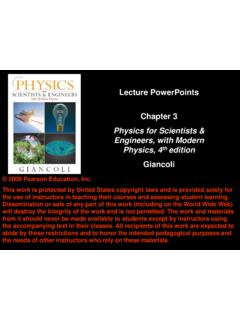
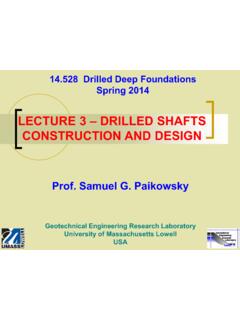
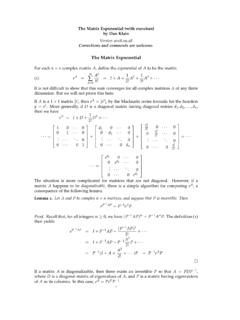
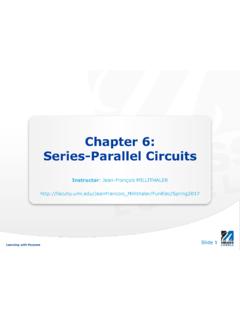
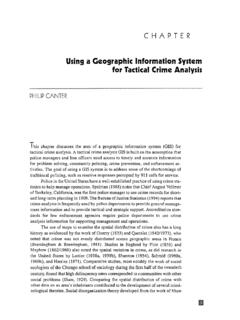
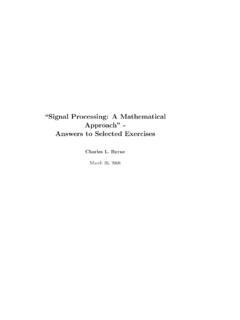
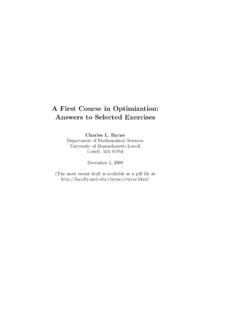
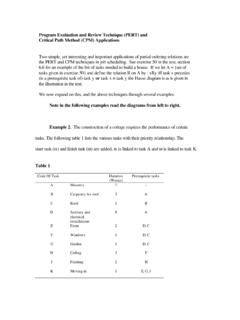
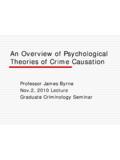
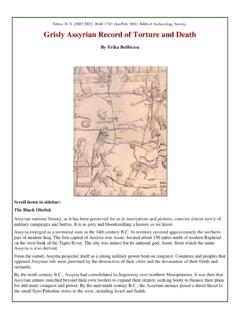
![Modern Physics [Phys207] - Missouri University of Science ...](/cache/preview/3/6/b/5/5/5/a/7/thumb-36b555a703faa2c10b5d9776ce7cbc27.jpg)




